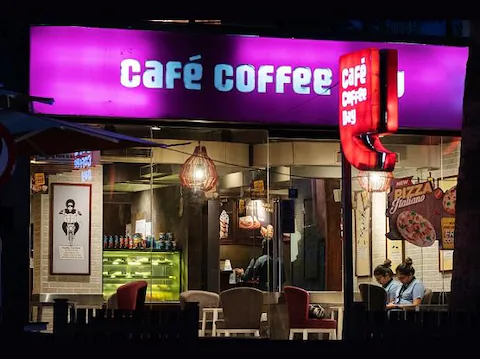Coffee Day Enterprises reports Q4 net profit at Rs 58.67 cr

Coffee Day Enterprises reports Q4 net profit at Rs 58.67 cr
Coffee Day Enterprises Ltd has reported a consolidated net profit of Rs 58.67 crore for the fourth quarter ended March 2022.
The company had posted a net loss of Rs 272.09 crore in the January-March quarter a year ago, Coffee Day Enterprises Ltd (CDEL) said in a BSE filing.
CDEL’s revenue from operation rose 2.81 per cent to Rs 169.81 crore against Rs 165.16 crore in the year-ago period.

Its total expenses declined 55.75 per cent to Rs 167.47 crore in Q4 FY22 compared to Rs 378.52 crore in Q4 FY21.
CDEL’s revenue from coffee and related business increased 5.43 per cent to Rs 148.71 crore against Rs 141.05 crore.
Revenue from hospitality services slipped 4.21 per cent to Rs 10.23 crore compared to Rs 10.68 crore in Q4 FY21.
For the fiscal ended March 2022, CDEL’s net loss stood at Rs 130.73 crore. It had reported a net loss of Rs 652.10 crore in the previous fiscal.

Its revenue from operations was Rs 581.58 crore in 2021-22. This is 31.85 per cent lower than Rs 853.42 crore in the year-ago period.
CDEL has not shared the revenue of Sical Logistics Ltd (SLL), which runs port terminals and container freight stations, as it is currently facing insolvency proceedings.

“The management of the relevant subsidiary is of view that the recoverability of the amount of SLL can be ascertained only after the receipt of the final report from the NCLT and accordingly no provision is made against them,” it said.
Shares of Coffee Day Enterprises Ltd were trading at Rs 45 apiece on the BSE Tuesday afternoon, up 3.09 per cent from the previous close




